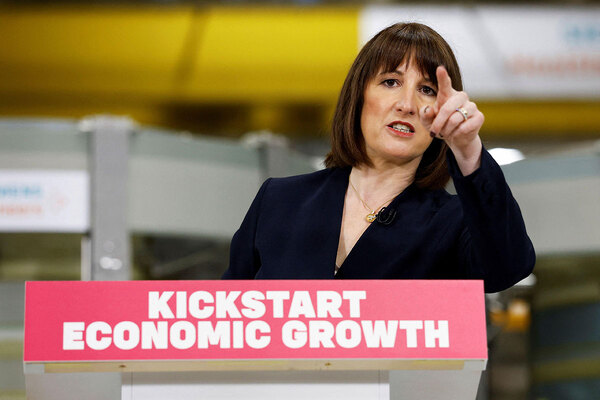You are viewing 1 of your 1 free articles

John Perry is a policy advisor at the Chartered Institute of Housing
The government commits billions to private housing – it’s time to fund social homes instead
Government’s housing investment disproportionately favours the private housing market. To achieve a step change in delivering genuinely affordable homes, the government should put more money into social housing, writes John Perry
How much has government’s housing investment been cut since 2010?
Headlines at the time reported that it fell by 60% and many people’s impressions are that it has since stayed at something similar to that level.
But as the UK Housing Review has shown by looking at the detailed figures over the past four years, the reality is very different.
The 2019 edition, out this month, again shows that – far from falling – government housing investment has increased and will reach around £70bn in total over the period from now to 2023.
Only a small part of this higher spending is due to recent government promises to extend the Affordable Homes Programme or remove borrowing caps on local authorities.
Most comes from a further boost in support for the private market, especially in order help to first-time buyers.
In fact, last year we reported that 79% of investment was going towards the private market and this year its share of the cake is exactly the same.
But first, some good news for affordable investment.
In addition to the Affordable Homes Programme, which currently totals £9.1bn, investment will increase by a further £3.42bn if councils use their new borrowing freedom as expected.
A further £2bn will be invested in affordable homes as a result of Theresa May’s pledge at last year’s National Housing Federation conference, although this doesn’t kick in until 2022, so it’s really a down payment on the next phase of the programme.
Together, these changes boost spending on affordable homes to almost £15bn between now and 2023.
In addition, and too late to include in the UK Housing Review, in his Spring Statement chancellor Philip Hammond announced another £3bn for a new phase of affordable housing guarantees.
Set against this, though, is a full £55bn earmarked over the same period to support the private market and first-time buyers.
The biggest item here is Help to Buy, now extended to 2023 and due to reach £30bn in loan funding by then.
This money is recoverable after five years but, of course, is at risk if house prices were to head downwards.
Not recoverable, though, are the cash grants given to savers through the Help to Buy and Lifetime ISAs: these will add up to almost £4bn by 2023 and will continue to pay out in later years.
The government has also bolstered two of its biggest private market support measures, the Housing Infrastructure Fund and the Home Building Fund. The first is in the form of grants and the second is in the form of loans, each worth more than £4bn.
“The huge imbalance in funding between affordable and private market housing continues”
Another £8bn is set aside for private sector guarantees and it is this fund that might provide the backing for the new guarantees for affordable housing as they are not believed to involve extra money.
The huge imbalance in funding between affordable and private market housing therefore continues. It first came about when George Osborne chose to put government money directly into the housing market on an unprecedented scale, nominally to help the market out of recession.
As the recession has receded, however, the sums involved have not been reduced but have been ratcheted up even further. Many believe that the market is now so hooked on these various forms of subsidy that a future government will find it very difficult to cut them back.
Arguably, this is a challenge that must be faced.
The only way to produce a step change in output of homes at genuinely affordable rents is by increasing subsidy levels so that social landlords can build more.
The argument that the public sector cannot afford extra money has a straightforward response. There is no need to increase the size of the housing investment ‘pot’; what’s needed is a more sensible sharing-out of the £70bn that is already in it.
John Perry, senior policy advisor, Chartered Institute of Housing












